Origins of KAWAI
Passing on to the next generation what should never be changed, a passion for piano making that has flowed through us since our founding.
We boldly reform what needs to be changed, reviewing materials and designs through cutting-edge R&D.
With a history spanning 90 years, KAWAI continues to strive to be the brand that people love and choose.
1927, Sowing the Seed of a Dream
Koichi Kawai and some of his colleagues formed the Kawai Musical Instrument Research Laboratory in 1927.
They started in a small warehouse that could hardly be called a factory, but they had significant capital in the form of a passion for piano making.
Koichi’s uncompromising attitude toward performance in pursuit of low prices, which overturned the image of the piano as being unaffordable to the ordinary person, exemplified his pride as an engineer.
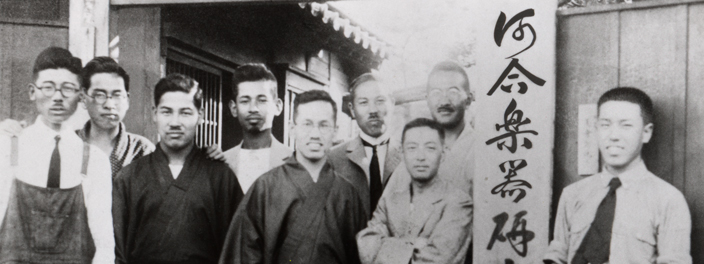
With Koichi directly overseeing production, KAWAI soon released its very first piano, named the Showa type. Then, in 1928, the company’s first grand piano, the Hiradai 1, was released.The pianos Koichi produced with his adoring colleagues became famous instantly. The talent of this genius engineer blossomed, and he invented his unique "free action," for which he was granted a patent, quickly followed by a new type of soundboard, which was also patented.In 1929, the company was renamed Kawai Musical Instrument Manufacturing, and further expanded in size.

The outbreak of World War II halted this progress.Engineers were sent off to war, and the piano factory was turned into a munitions factory.By the time the war ended, the company was deeply scarred, but Koichi had not lost his passion for piano making.There was further tragedy, however, when a fire broke out at the Head Office factory.The road to reconstruction was long and hard for the company.
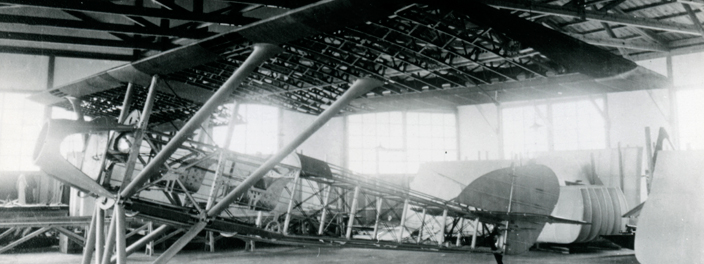
"Rebuilding the Company is in Our Hands" - After overcoming many hardships, KAWAI managed to resume production of pianos and organs in 1948, and in 1950 produced its first postwar grand piano No. 500, based on the detailed blueprints that remained in Koichi's mind. All of KAWAI's products underwent a final check by Koichi himself. KAWAI would not be what it is today without Koichi’s spirit of "Sell the technology first before selling the instrument."
His passion for making pianos was finally rewarded when he received the musical instrument industry’s first ever Medal with Blue Ribbon, but just after KAWAI came to recognition, in 1955, he fell ill and passed away. Inventor and engineer, Koichi Kawai dedicated his life to piano making.Koichi's desire to "create the world’s best pianos", which he had dreamed of in pursuit of the sound of the soul, was passed on to the second president, Shigeru Kawai.
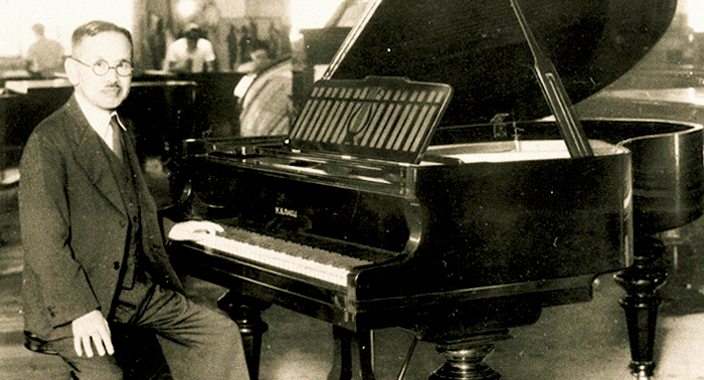
Soaring up from Postwar Reconstruction to the World
Born in 1922 in Maisaka-cho (now Hamamatsu-shi), Shigeru studied literature and martial arts at Hamamatsu Daiichi Junior High School (now Shizuoka Prefectural Hamamatsu Kita High School) before going on to the Military Academy.He joined Kawai Musical Instruments in 1946 when he married Masako, the second daughter of Koichi Kawai. After studying design and production management, he worked on the launch of the Shimada Factory, which became a symbol of postwar KAWAI.
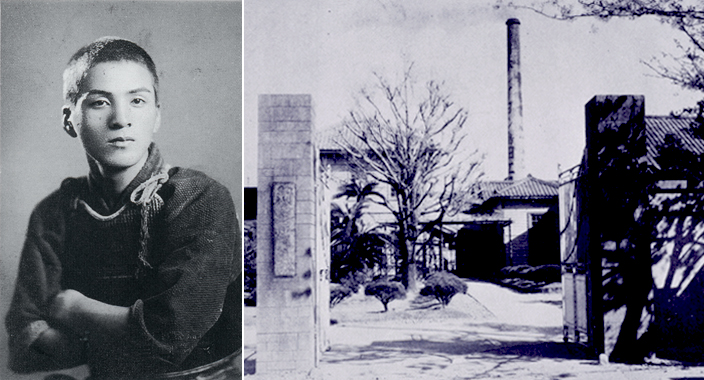
Having become president at the age of 33 after Koichi's death, Shigeru used his inherent abilities to implement a series of creative policies.
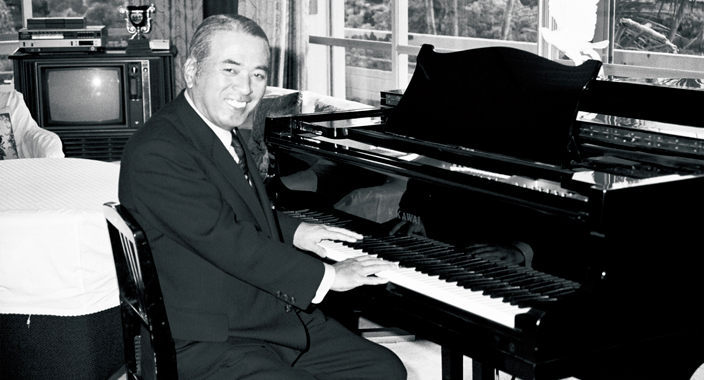
Under the philosophy that “music is for everyone,” Kawai Music School, a music education promotion project launched in 1956, was aimed at stimulating demand for musical instruments and improving music culture.In addition, in 1959, Shigeru began the transition to a system of directly managed shops, which he had been considering for some time, laying the foundation for directly managed sales.In 1957, as a landmark project to improve the quality of musical instruments while meeting their growing demand, he ordered the construction of the Arai Factory specializing in wood processing.This was followed by construction of the Maisaka Factory in 1961.
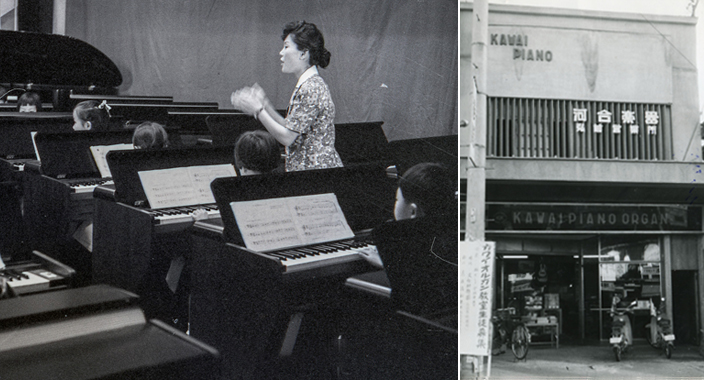
In 1980, the Kawai Ryuyo Factory was built, the largest specialized grand piano factory at the time. While equipped with state-of-the-art equipment and excellent production capacity, the factory also boasted a traditional handmade process called the "original instrument process" performed by skilled craftsmen.Incorporating the Shigeru Kawai Piano Research Laboratory, which conducts constant R&D of pianos, the factory was the fruition of Shigeru's desire to “create the world's best pianos.”Since then, we have continued to develop new businesses such as digital musical instruments, coating, acoustics, and metal businesses.Starting with the US, we have increased our overseas bases.
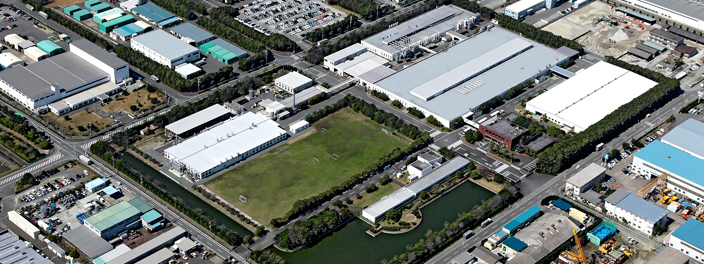
In the same year, 1980, while attending the Fryderyk Chopin International Piano Competition, Shigeru began to develop a strong desire to put a KAWAI piano on the stage.After returning to Japan, he urged his employees to work even harder. Five years later, in 1985, the Full Concert Piano EX, the result of their diligent R&D, was recognized as the official piano of the Fryderyk Chopin International Piano Competition, the world's most prestigious piano competition, and took center stage at the National Philharmonic Hall in Warsaw.This was the moment when KAWAI became one of the top brands.
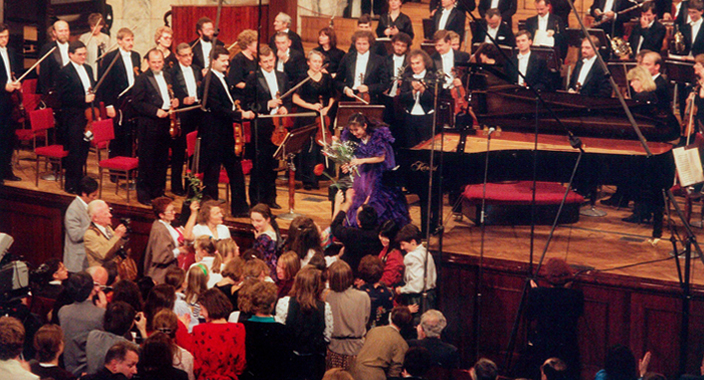
In 1989, the Showa era ended and the Heisei era began. Shigeru entrusted the management of the company to his son Hirotaka who became the chairperson. He had brought his youth to the task of reconstruction and rebuilding KAWAI from the ruins of the war, turning it into a world-class manufacturer.Exactly 35 years had passed since Shigeru became president.
What to Protect, What to Change
The baton that had been passed from Koichi Kawai to Shigeru Kawai was, in October 1989, passed to the current president Hirotaka Kawai.
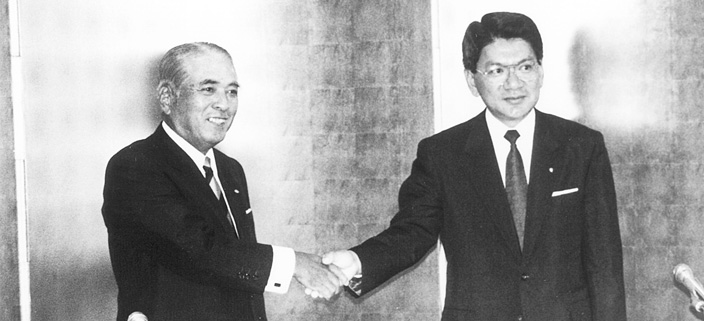
After becoming chairman, Shigeru focused on the development of a new piano as the culmination of the company’s 50 years of piano making. In 1999, the Shigeru Kawai Grand Piano was released, the realization of Kawai Koichi's dream of making the best pianos in the world. Named after Shigeru himself, this piano incorporates new technologies, such as the use of carbon fiber materials that excel in durability and reliability, in addition to carefully selected top-quality materials and the skills of the craftsmen.
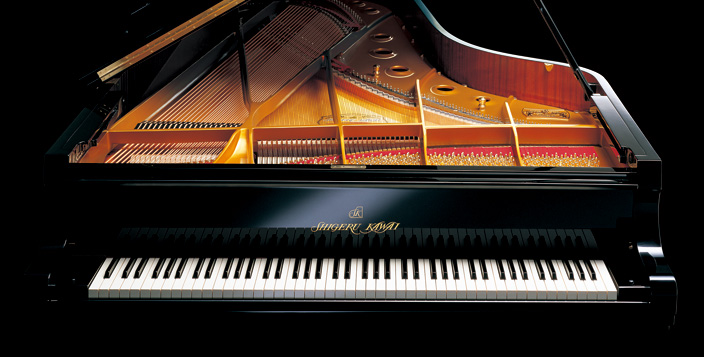
After becoming president, Hirotaka pursued a policy of adapting and utilizing the foundations established by his predecessors based on the spirit of "learning from the past," nurturing the seeds of new businesses, such as a metal business that uses technology to make irregularly shaped metal sheets, and a coating business that applies the know-how of piano mirror coating technology.With his global vision, he also sought to lead the company toward full-scale expansion worldwide.
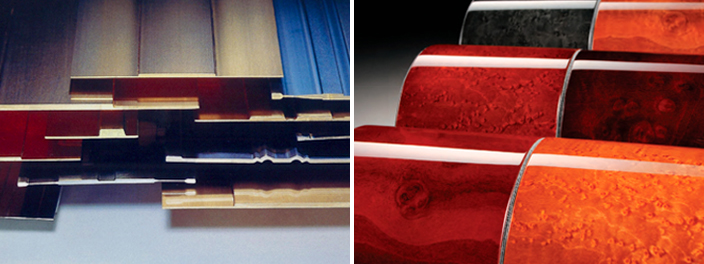
But the period of chaos was coming. With the collapse of the bubble economy of Japan, the business environment deteriorated significantly.Under pressure to survive, Hirotaka decided the time had come to reconsider piano production and sales, the mainstay of the company. Turning his attention to overseas markets, he established production bases and sales companies in Indonesia and China, while in Japan, he introduced a three-pronged structure in which instrument sales, piano tuning, and music classes supported each other. In this way, he succeeded in revitalizing the company’s business.
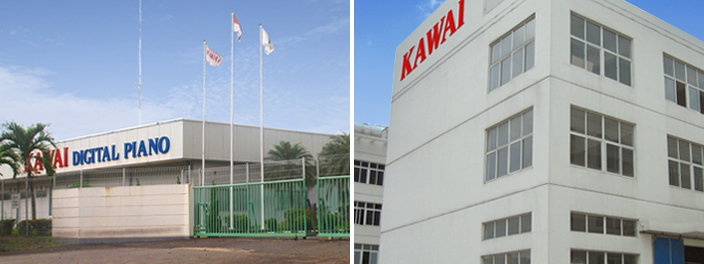
Just then, however, the Chairman, Shigeru, passed away. KAWAI was then hit by another period of chaos as the Lehman shock severely impacted the global economy.Hirotaka supported his employees with the spirit of "learning from the past," which he had spoken about when he took office, and established a three-pronged structure of sales, education, and tuning, while also focusing on developing overseas markets to expand business.In addition, he sought to further strengthen the company’s business through business and capital alliances to transcend industry boundaries and expand globally.

At the same time, he was working on the research and development of a new generation of pianos. In 2012, the second generation of Shigeru Kawai Grand Piano was created, further refining traditional "original instrument processes" in which carefully selected materials are produced by hand, and combining it with innovative ideas such as the bold design change that extends the length of the keyboard. This concept of "tradition and innovation" began to flourish. At the 9th Hamamatsu International Piano Competition in 2015, the KAWAI SK-EX concert piano was endorsed by 24 contestants, including the eventual winner Alexander Gadjiev.
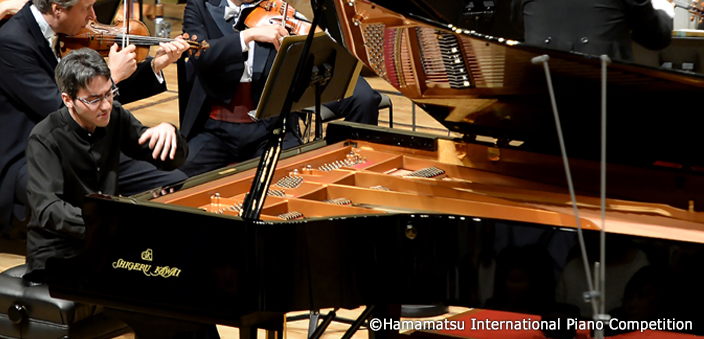
In 2017, the company’s 90th anniversary, KAWAI decided to take on a new challenge.
In order to fulfill our responsibility as a manufacturer and a promoter of music culture, we established the Shigeru Kawai International Piano Competition aimed at discovering and fostering talented young musicians who aspire to become world-class performers.
From the first competition, the high-level performances made a great impression, attracting the attention of many in the music industry.
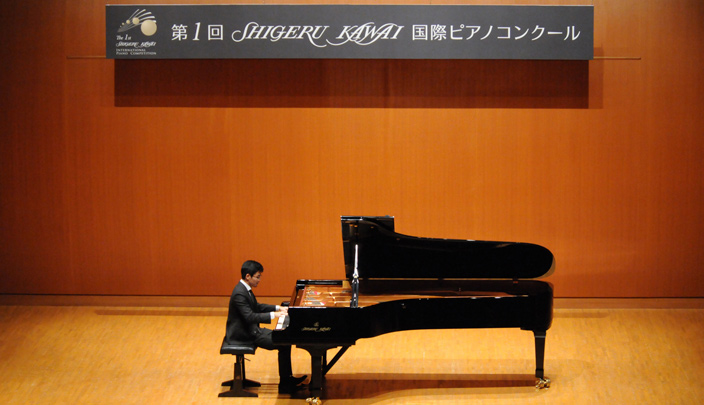
KAWAI will never stop innovating as it takes new steps toward becoming a 100-year-old brand.
